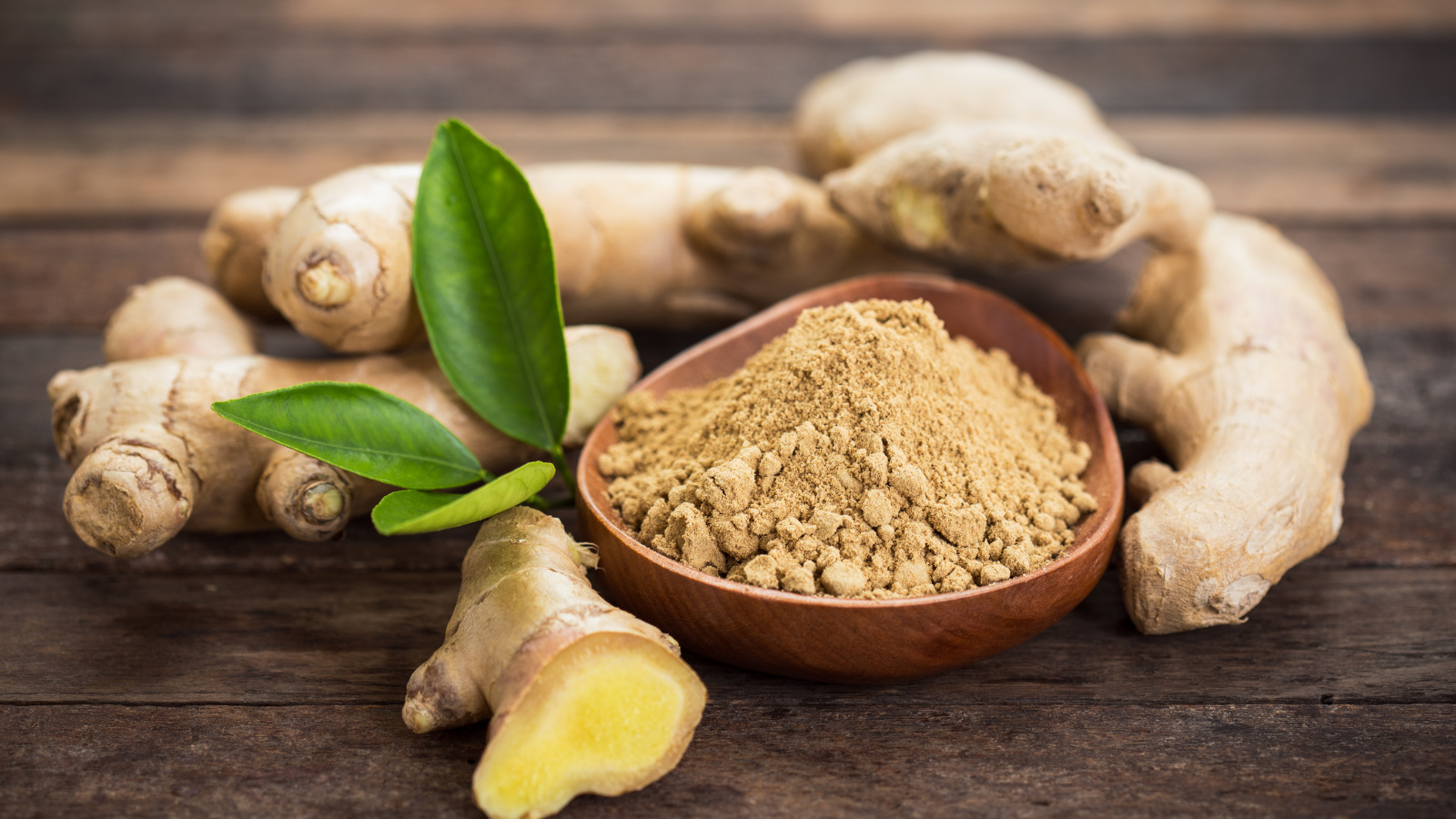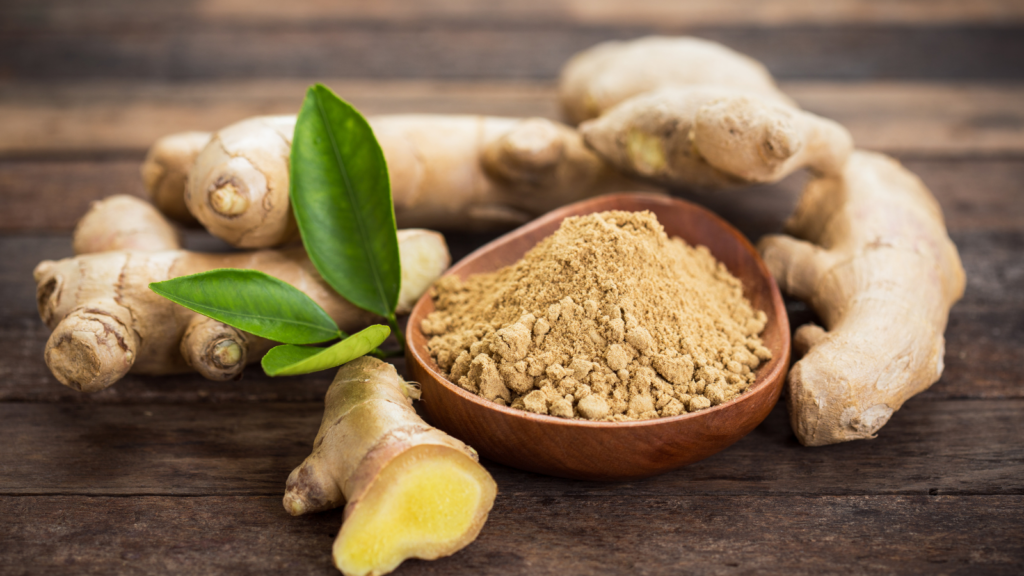Plant power is a lot more significant than many people give it credit for. Today, we’re going to set the record straight and show you 11 incredible plants with medicinal properties that can truly change lives.

Aloe Vera
Aloe vera isn’t just for sunburns—it’s a healing giant hiding in plain sight. The gel inside its spiky leaves works wonders on skin conditions like psoriasis and eczema.
It’s also known for its ability to help heal wounds and soothe digestive troubles when ingested. Researchers are delving deeper into its potential for lowering blood sugar levels in diabetics, making it a multifaceted medicinal plant.
Ginger
This root does more than add spice to your dishes; it’s a potent anti-inflammatory and anti-nausea agent. Ginger has been shown to be particularly effective in treating nausea related to pregnancy and chemotherapy. It’s also used in cold remedies around the world to boost the immune system and fight respiratory infections.
Lavender
Lavender is celebrated not just for its delightful scent but also for its ability to calm the mind and aid sleep. This plant’s essential oils can be diffused or applied topically to reduce stress, anxiety, and even mild pain. Ongoing studies are examining its potential benefits in treating neurological disorders.
Turmeric
Known for its bright yellow color, turmeric is a powerhouse for combating inflammation. Curcumin, the active ingredient, has been studied for its potential in managing arthritis pain and reducing inflammation linked to chronic diseases. Its antioxidant properties also make it a popular supplement for overall health.
Peppermint
Peppermint isn’t just a flavor for candies; it’s a cooling herb with the power to relieve digestive issues like irritable bowel syndrome (IBS) and nausea. The oil extracted from peppermint leaves is often used in balms and ointments to soothe muscle aches and headaches.
Chamomile
Often associated with a soothing cup of tea, chamomile is much more than a bedtime ritual. Its anti-inflammatory and antioxidant qualities make it a favored remedy for menstrual pain, insomnia, and inflammation. Some studies suggest it can help with skin conditions and mild infections too.
Echinacea
Echinacea is popularly reached for at the first sign of a cold. Known for boosting the immune system, it’s also used to shorten the duration of colds and flu. Its antibacterial and anti-inflammatory properties are why it’s a staple in traditional medicine cabinets. This is certainly something to keep hold of for when the illness sets in!
Garlic
Garlic, used universally to flavor foods, also offers substantial health benefits. It’s known for its cardiovascular benefits, including lowering blood pressure and cholesterol levels. Additionally, its potent antibacterial properties make it effective against various bacterial infections.
Feverfew
Traditionally used to prevent migraine headaches, feverfew is a herbal remedy that’s taken seriously by those plagued by chronic headaches. Beyond pain relief, it’s being investigated for its potential in reducing arthritis and skin inflammation. It’s rare, but very profound.
St. John’s Wort
Primarily known for its antidepressant effects, St. John’s Wort is widely used to treat mild to moderate depression. It’s also studied for its anti-inflammatory and nerve-restoring properties, offering a natural alternative to synthetic medications for mood disorders.
Valerian Root
Valerian root is the go-to herb for those struggling with sleep disorders or anxiety. It acts as a sedative on the brain and nervous system, providing relief from insomnia and helping to manage stress. Its use in herbal medicine dates back to ancient times, showing its long-standing trustworthiness.







